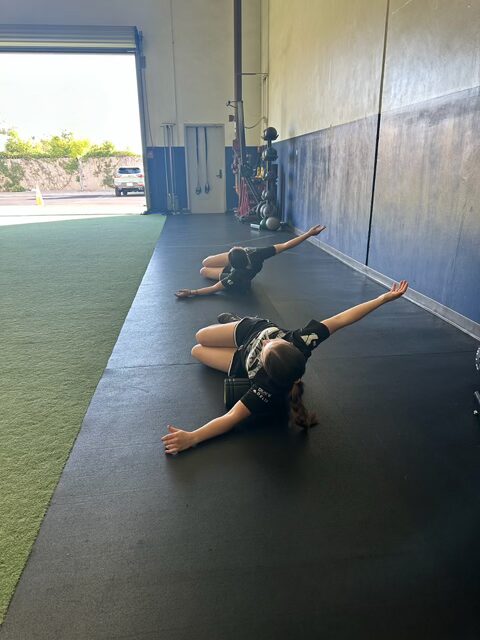Why? Maximize Performance and Reduce Injuries
As the fall sports season heats up, athletes juggle practices, games, private training sessions, and school commitments—not to mention their social life. Amid this busy schedule, one critical aspect of performance is often overlooked: training in-season.
Common excuses include:
-
“I don’t have enough time”
-
“I’m already sore”
-
“Playing games is enough”
Some athletes even follow the outdated myth that in-season training isn’t necessary. In reality, continuing strength, mobility, and flexibility training during the season is crucial for performance, injury prevention, and long-term athletic development.
Here are three essential reasons every athlete should implement an in-season training program:
1. Maintain Strength and Power
During the competitive season, athletes’ muscles are constantly taxed from games, practices, and drills. Strength training for athletes during the season focuses on maintaining muscle mass, stability, and power without overloading the body.
Unlike the off-season, where workouts may last 60–90 minutes, in-season strength sessions can be as short as 20–30 minutes. Limiting volume while keeping intensity high helps athletes stay strong and perform at their best during practices and competitions.
2. Preserve Mobility and Flexibility
Mobility and flexibility exercises allow joints and muscles to move efficiently, enabling athletes to achieve the positions required in their sport. In-season mobility work reduces muscle stiffness and helps prevent strains, ensuring athletes remain agile and competitive.
Simple routines focusing on hips, shoulders, and hamstrings can significantly improve range of motion and support optimal athletic performance.
3. Prevent Injuries
Sports injury prevention is a key reason to maintain an in-season training routine. Addressing common sport-specific injuries and imbalances helps athletes stay on the field and avoid setbacks.
-
Unilateral exercises, like single-leg squats or single-arm presses, prevent muscle asymmetries that can lead to overuse injuries.
-
For overhead athletes, shoulder stabilization exercises reduce the risk of chronic shoulder injuries.
Even short, consistent sessions targeting these areas can drastically reduce injury risk during the season.
Key Takeaways for In-Season Training
An effective in-season program doesn’t need to be time-consuming or exhausting. The goal is to maintain strength, preserve mobility, and reduce injury risk while balancing the demands of your sport. Short sessions—before or after practice—can make a huge difference in performance and longevity.
By implementing these strategies, athletes can head into each season stronger, more flexible, and less prone to injuries. Start incorporating these principles today to take your game to the next level.

